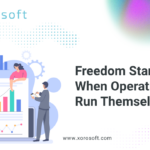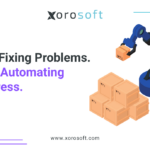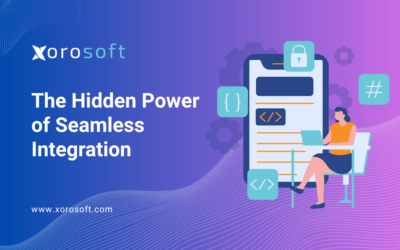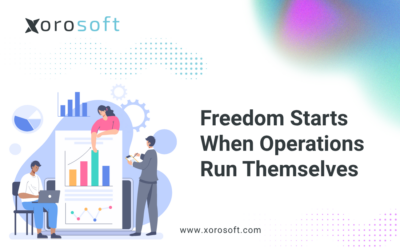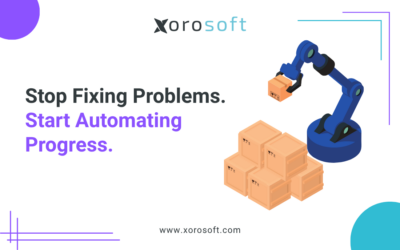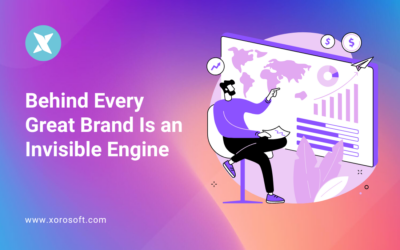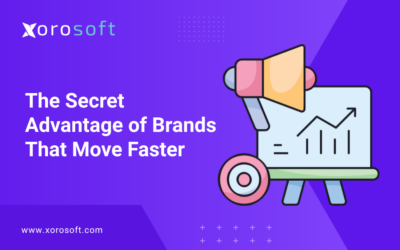
Why Ecommerce Brands Struggle to Scale Smoothly
Growth rarely fails because of weak demand; rather, operations can’t keep up. As your business expands across Shopify, Amazon, retail, and wholesale, moving parts multiply; moreover, each new tool adds another reconciliation step. Without a connected ecommerce ERP system, even small errors snowball into daily bottlenecks.
The most common roadblocks include:
-
Data scattered across tools. Consequently, sales, inventory, and finance rarely match.
-
Manual fulfillment steps. As a result, each order requires too much human checking.
-
Inventory confusion. Therefore, you oversell bestsellers and overstock slow movers.
-
Slow reporting. Meanwhile, closing the books takes weeks.
-
Disconnected tech stacks. In addition, adding channels often breaks workflows.
Ultimately, these frictions drain profit and energy; however, the right ERP reverses them.
How ERP for Ecommerce Creates Clarity and Control
A modern ERP system for ecommerce centralizes every process—orders, products, inventory, and accounting—inside one clean dashboard. Consequently, your entire team can make faster, more accurate decisions. Moreover, leaders finally see the same numbers, in the same place, at the same time.
With a unified platform, you can:
-
View real-time inventory across all channels; likewise, you can set safety stock by location.
-
Track fulfillment accuracy automatically; consequently, returns drop.
-
Get financials that update as you sell; therefore, margin insight improves.
-
Reduce manual effort and operational stress; additionally, teams refocus on growth.
Therefore, scaling no longer means losing control; instead, it means gaining visibility and speed.
The Numbers That Prove You’re in Control
Smart brand leaders measure progress deliberately; in fact, control shows up in the metrics. The following KPIs reveal whether operations help growth or hinder it.
| Metric | Target | Why It Matters |
|---|---|---|
| Pick Accuracy | 99.8%+ | Consequently, fewer shipping errors and happier customers. |
| Order Cycle Time | <24 hours | Therefore, cash flows faster and reviews improve. |
| Inventory Turns | 8–12x/year | Moreover, capital keeps working instead of sitting in stock. |
| Cash Conversion Cycle | <45 days | As a result, reinvestment into growth accelerates. |
| Fulfillment Cost per Order | ↓10–20% YoY | Ultimately, efficiency compounds over time. |
Because these numbers move together, you can diagnose issues quickly and act decisively.
Case Study: Transforming a Skincare Brand with an Ecommerce ERP System
A growing skincare brand was thriving in sales yet struggling behind the scenes. Its Shopify, Amazon, and wholesale data lived in separate systems; consequently, stockouts, manual reporting, and fulfillment errors were common. Meanwhile, leaders spent mornings triaging operations instead of planning launches.
After adopting a cloud-based ERP for ecommerce, operations improved dramatically:
-
Inventory synced automatically across channels; as a result, overselling stopped.
-
Fulfillment time dropped from 36 hours to 12; therefore, delivery estimates tightened.
-
Pick accuracy rose from 97% to 99.9%; consequently, returns decreased.
-
Financial close fell from 12 days to 4; meanwhile, cash planning improved.
-
Revenue grew 40% without new headcount; overall, the team finally had breathing room.
Because visibility returned, leadership redirected time to product innovation and partnerships.
Seven Steps to Build Scalable, Self-Running Operations
Scaling without losing control requires deliberate systems; accordingly, the steps below turn operations into a growth engine.
1. Centralize All Operational Data
Integrate every sales channel, warehouse, and accounting platform. As a result, everyone works from one accurate dataset and disputes disappear.
Goal: Eliminate silos.
Action: Connect Shopify, Amazon, 3PL/WMS, and finance to your ERP.
Metric: Real-time data sync across 100% of systems.
2. Automate Routine Workflows
Manual work slows growth; therefore, automate repetitive tasks such as order routing, stock updates, and purchasing approvals.
Goal: Free time for strategy.
Action: Configure workflow automation inside your ERP for ecommerce.
Metric: Weekly hours saved and errors prevented.
3. Standardize Product Information
Misaligned SKUs and attributes create costly errors; however, a unified catalog eliminates them.
Goal: Improve accuracy.
Action: Centralize SKUs, barcodes, and naming conventions inside the ERP.
Metric: Pick accuracy percentage.
4. Use Forecasting to Prevent Stockouts
Forecasting based on real sales and seasonality ensures timely reorders; consequently, customers receive products when promised.
Goal: Maintain ideal inventory levels.
Action: Apply ERP demand-planning tools and reorder thresholds.
Metric: Stockout percentage and days of supply.
5. Accelerate Fulfillment with Automation
Fast fulfillment builds loyalty; therefore, connect your ERP to warehouse workflows and automate picking, packing, and shipping.
Goal: Ship faster with fewer mistakes.
Action: Implement barcode scanning, batch picking, and automated labels.
Metric: Order cycle time and on-time ship rate.
6. Link ERP with Accounting for Cash Clarity
Disconnected finance slows decisions; consequently, leaders guess. Instead, link ERP data to accounting for an instant view of payables, receivables, and margins.
Goal: Improve cash flow.
Action: Sync ERP and accounting daily; reconcile automatically.
Metric: Cash conversion days and close time.
7. Monitor KPIs in Real Time
Continuous visibility prevents surprises; meanwhile, dashboards keep teams accountable.
Goal: Maintain performance.
Action: Review fulfillment, inventory, and finance dashboards each morning.
Metric: Reporting latency in minutes plus weekly trend deltas.
A One-Day Plan to Start Your Transition
You can begin improving operations today; moreover, you can do it without a rebuild.
Morning (9–12):
-
Audit systems; then list top three pain points.
-
Identify data breaks between tools; afterward, rank impact.
Afternoon (1–4):
-
Book a live demo of Xorosoft ERP on Shopify.
-
Map one process—such as fulfillment—from end to end; next, note handoffs.
-
Record baseline metrics for accuracy and order speed; similarly, capture costs.
Evening (4–6):
-
Set one 30-day improvement target; consequently, align the team.
-
Create an implementation checklist with your ERP vendor; finally, schedule owners.
By tomorrow, you’ll have a clear roadmap to operational clarity and speed.
Common Questions About ERP Software for Ecommerce
Is an ERP for ecommerce necessary if I already use Shopify?
Yes. Shopify manages front-end sales; meanwhile, ERP software manages back-end operations, finance, and fulfillment.
How long does implementation take?
Usually two to six weeks; however, migration speed depends on data quality and system complexity.
Do I need technical staff?
No. Most cloud ERP systems are user-friendly; consequently, operations teams run them without coding.
Is ERP for ecommerce useful for small brands?
Absolutely. Early implementation builds discipline; similarly, it prevents complexity from overwhelming teams later.
Scale Confidently with the Right ERP System
Scaling should feel empowering, not exhausting. A modern ERP for ecommerce integrates orders, inventory, and finance into one seamless system. Because your stack works in sync, your team can focus on brand growth and customer experience. Therefore, now is the perfect time to simplify the back office and amplify results.
Explore trusted ERP platforms:
Take control of your growth today; consequently, let operations scale themselves.


